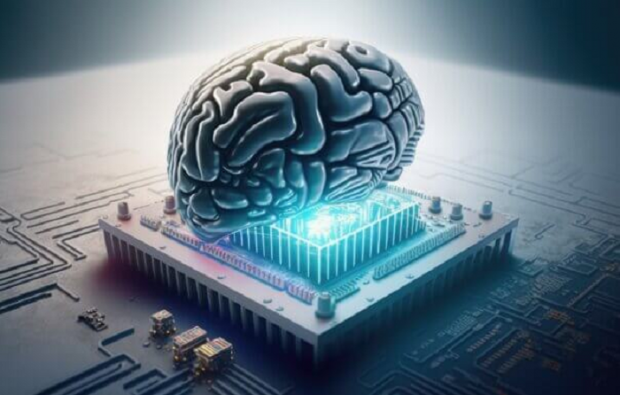
Breaking News
 Trump Truth Social is Merging with TAE Technologies Nuclear Fusion
Trump Truth Social is Merging with TAE Technologies Nuclear Fusion
 Crazy – Arrest Warrant Out for Brown Shooter Who Might Also Have Killed MIT Professor
Crazy – Arrest Warrant Out for Brown Shooter Who Might Also Have Killed MIT Professor
 Ditch the Subsidies, Grow What Actually Works
Ditch the Subsidies, Grow What Actually Works
 US bank regulator clears national banks to facilitate crypto transactions
US bank regulator clears national banks to facilitate crypto transactions
Top Tech News
 This tiny dev board is packed with features for ambitious makers
This tiny dev board is packed with features for ambitious makers
 Scientists Discover Gel to Regrow Tooth Enamel
Scientists Discover Gel to Regrow Tooth Enamel
 Vitamin C and Dandelion Root Killing Cancer Cells -- as Former CDC Director Calls for COVID-19...
Vitamin C and Dandelion Root Killing Cancer Cells -- as Former CDC Director Calls for COVID-19...
 Galactic Brain: US firm plans space-based data centers, power grid to challenge China
Galactic Brain: US firm plans space-based data centers, power grid to challenge China
 A microbial cleanup for glyphosate just earned a patent. Here's why that matters
A microbial cleanup for glyphosate just earned a patent. Here's why that matters
 Japan Breaks Internet Speed Record with 5 Million Times Faster Data Transfer
Japan Breaks Internet Speed Record with 5 Million Times Faster Data Transfer
 Advanced Propulsion Resources Part 1 of 2
Advanced Propulsion Resources Part 1 of 2
 PulsarFusion a forward-thinking UK aerospace company, is pushing the boundaries of space travel...
PulsarFusion a forward-thinking UK aerospace company, is pushing the boundaries of space travel...
 Dinky little laser box throws big-screen entertainment from inches away
Dinky little laser box throws big-screen entertainment from inches away
 'World's first' sodium-ion flashlight shines bright even at -40 ºF
'World's first' sodium-ion flashlight shines bright even at -40 ºF
Living machine? Scientists create biocomputer combining circuits with real human brain tissue

This innovative technology, known as Brainoware, has the potential to integrate into artificial intelligence (AI) systems and advance neuroscience research models of the human brain.
Brainoware incorporates brain organoids, clusters of human cells that mimic organ tissue. Organoids are created from stem cells that have the ability to develop into various types of cells, including neurons similar to those found in the human brain.
The goal of this research is to establish a connection between AI and organoids, as both systems rely on transmitting signals through interconnected nodes forming a neural network.



